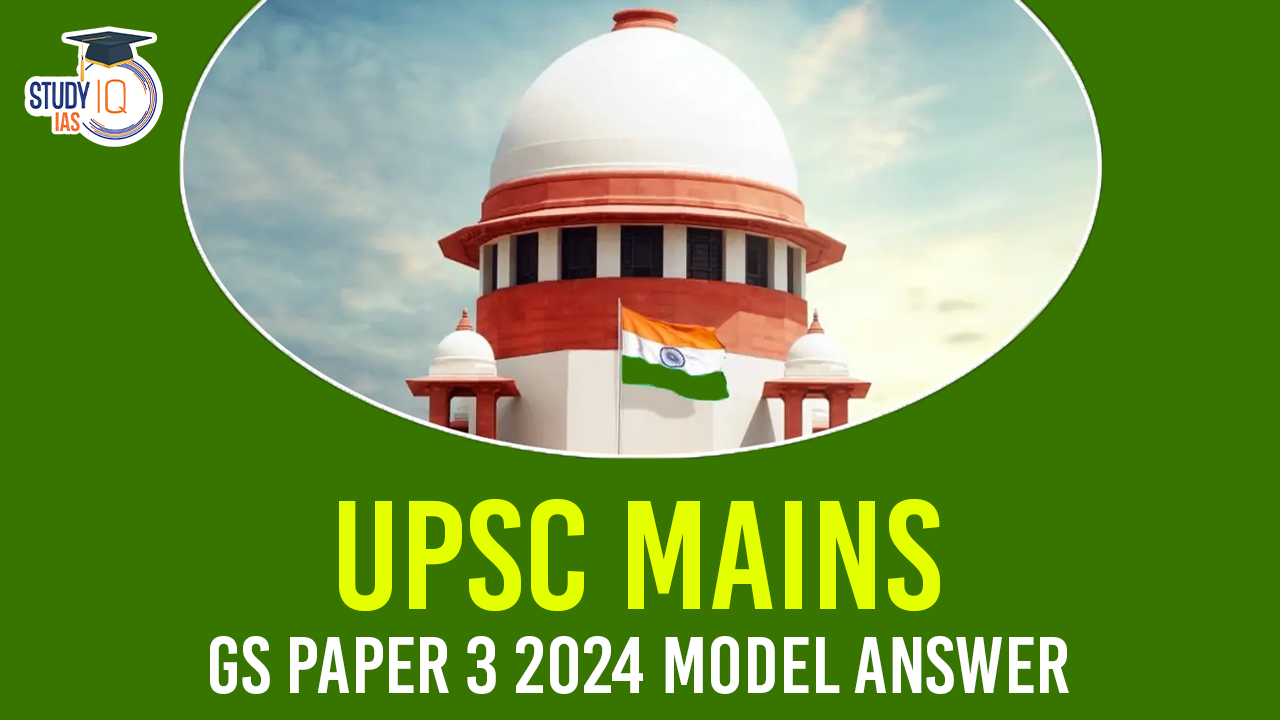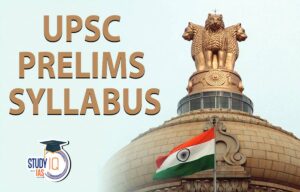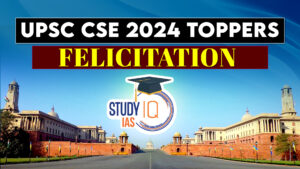Table of Contents
Introduction
According to OECD, Inclusive growth is economic growth that is distributed fairly across society and creates opportunities for all.
On the other hand, sustainability encompasses the idea of meeting the needs of the present without compromising the ability of future generations to meet their own needs, considering social, economic, and environmental factors.
Pattern and trend of public expenditure on social services in the post-reforms period in India
-
- Initial Post-Reform Period (1991–2000): Expenditure on social services as a percentage of GDP was relatively low, around 5–6%. It led to disparities in access and quality to social services.
- Growth Phase (2000–2010): Gradual increase in public expenditure on social services. Public spending on social services as a percentage of GDP increased to around 7–8%.
- Eg: Programs like Sarva Shiksha Abhiyan (Universal Education), the National Rural Health Mission (NRHM).
-
- Post-2010 Period (2010–2020): Public expenditure on social services increased further.
- Eg: Right to Education Act (RTE), National Health Mission (NHM), Swachh Bharat Abhiyan (Clean India Mission) and Ayushman Bharat Mission.
-
- Recent Period (Post-2020): The COVID-19 pandemic forced the government to rethink its spending priorities. The emphasis on healthcare infrastructure and digitization of social services gained momentum during this period.
- Eg: Initiatives for students during the Covid-19 pandemic include, PM e-Vidya, National Digital Education Architecture, NIPUN Bharat Mission
Consonance with achieving the objective of inclusive growth
Arguments in favour
- Rapid growth and poverty reduction: India’s real GDP growth in 2023-24 is estimated at 7.3%, compared to 7.2% a year ago. Extreme poverty declined substantially.
- E.g. : A total of 415 million people moved out of poverty in India within just 15 years from 2005 to 2021. (UN)
- Employment generation: Job entitlement schemes like MGNREGA have provided vast coverage to the rural poor.
- E.g. : In 2022-23, rural and urban unemployment for the 15-29 age group had declined to 10% from 12.9% in 2020-21 and 17.8% in 2017-18, (Periodic Labour Force Survey (PLFS)).
- Good governance: Financial inclusion has been greatly boosted by expanding rural banks and schemes like Jan-DhanYojna (JAM Trinity).
- E.g. : Aspirational Districts Programme (ADP) was launched to raise living standards of its citizens and ensure inclusive growth of all.
Arguments against
-
- Challenges in social empowerment: Only 22.9 per cent of women aged 15-59 are part of the labour force.
- E.g. : On the parameter of gender inequality, India’s Gender Inequality Index (GII) value is 0.490 in 2021 and is ranked 122 out of 190 countries.
- Challenges in social empowerment: Only 22.9 per cent of women aged 15-59 are part of the labour force.
- Persistence of poverty: Poverty in India affects 373 million individuals, with 8.8% living in extreme multidimensional poverty and 19.3% vulnerable to it.
Conclusion
Thus, public expenditure on social services are interlinked to the concept of inclusive growth. By adopting inclusive growth strategies that address social, economic, and environmental dimensions, societies can strive towards a more equitable and sustainable future. The inclusiveness in the government policies can lead to ‘Sabka Saath Sabka Vikas’.


 NATO Countries List 2025, Members, Funct...
NATO Countries List 2025, Members, Funct...
 UPSC Prelims Syllabus 2025 PDF, Check Su...
UPSC Prelims Syllabus 2025 PDF, Check Su...
 UPSC Toppers 2024 Felicitation Program b...
UPSC Toppers 2024 Felicitation Program b...





















